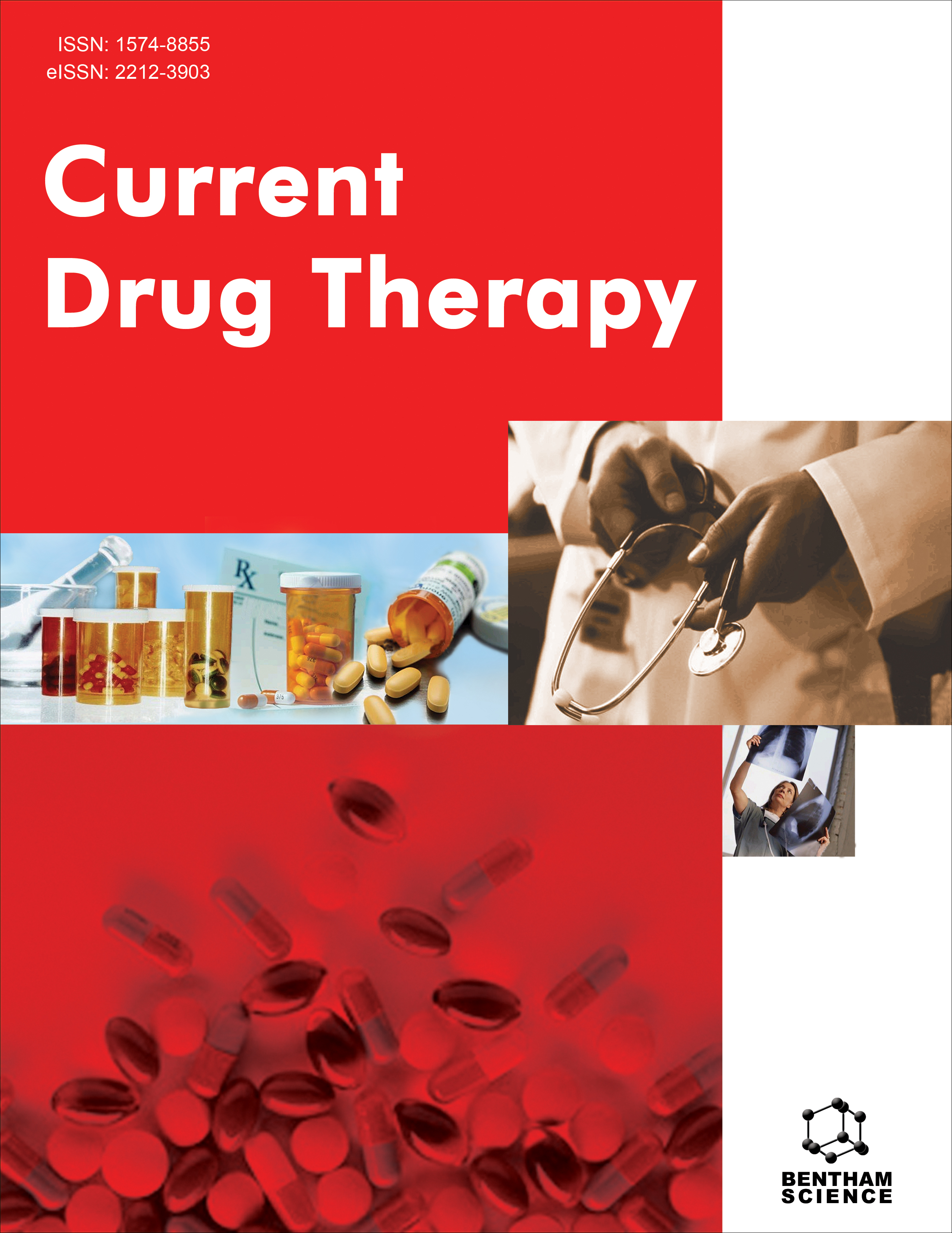
Full text loading...
We use cookies to track usage and preferences.I Understand
The emergence and spread of Antimicrobial Resistance (AMR) pose a grave threat to global public health. In the pursuit of innovative solutions, targeting the immune cell CD4 receptors (iCD4) has gained momentum as a potential strategy for combating AMR. This abstract explores drug delivery strategies aimed at harnessing iCD4 receptors to enhance the efficacy of antimicrobial therapies. The CD4 receptor, primarily found on the surface of T-helper lymphocytes, plays a pivotal role in immune responses. Recent research has revealed that iCD4 receptors are also expressed on other immune cells, such as macrophages and dendritic cells, which are integral in the host's defense against pathogens. Leveraging these receptors as drug targets opens new avenues for the precise delivery of antimicrobial agents. Various drug delivery systems, including nanoparticles, liposomes, and antibody-drug conjugates, can be engineered to specifically target iCD4 receptors. These carriers offer improved drug stability, controlled release, and reduced side effects. Furthermore, the functionalization of these carriers with ligands that bind selectively to iCD4 receptors ensures targeted drug delivery to infected tissues. In summary, drug delivery strategies that target iCD4 receptors hold immense promise for combatting AMR. By delivering antimicrobial agents directly to immune cells involved in the host defense, we can potentially enhance therapeutic efficacy, reduce side effects, and mitigate the emergence of resistance. This approach represents a promising avenue for the development of innovative treatments to address the urgent global challenge of antimicrobial resistance.

Article metrics loading...

Full text loading...
References


Data & Media loading...

